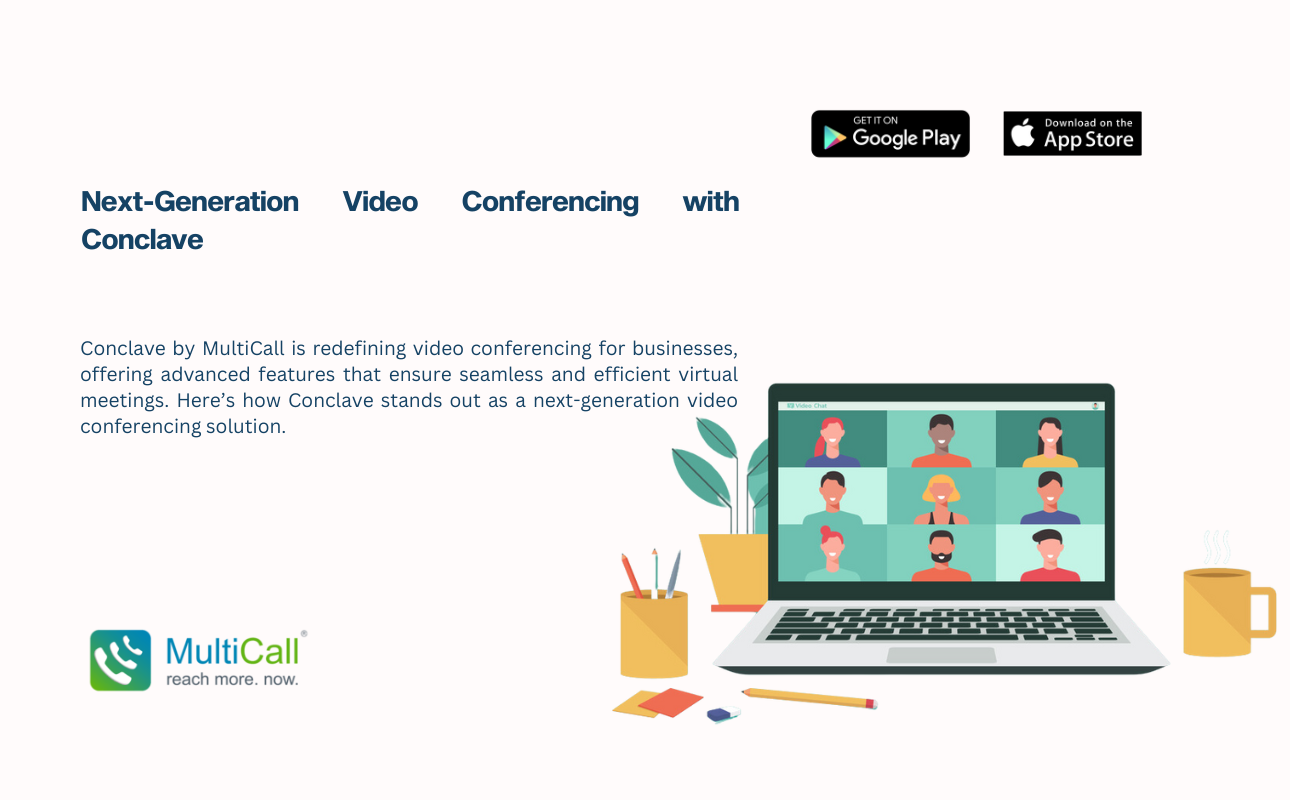
Next-Generation Video Conferencing with Conclave
Next-Generation Video Conferencing with Conclave Introduction Conclave by MultiCall is redefining

Communication between two individuals should be simple. Keeping it simple keeps it successful in getting your point across to the person you’re communicating with. It’s essential to know that there are differences between talking and communicating. When we talk, we tend to build or establish barriers that hinder our ability to communicate. On that note, let’s talk about seven Barriers, overcoming which lead to effective communication.


Physical barriers include everything from your personal space to your office desk; essentially any part of your immediate environment in which you wouldn’t allow strangers into. Physical Barriers include distance as well. Research shows that one of the most important factors in building cohesive teams is proximity. Let’s say you work regularly with another person. Would your communication be more effective if they’re on the same floor of the building, or another?
Right now, both environment and distance have proven to be a problem in light of the many issues brought with the COVID-19 pandemic. That also brings the issue of communication medium. The manner in which a message is sent can hamper communications.
Would something you want to communicate be effective face-to-face, by email or by text? In a world currently encouraging social distancing, we need not socially disconnect. There are a multitude of collaborative tools that help us keep in touch around the clock, and overcome such barriers.
We all have our upbringings. This creates our individual preferences, values, attitudes, origins and life experiences. They act as barriers too. You can liken them to filters on your experiences with people, events and information. Seeing things through the filter of your own unique life experiences, however, may lead to assumptions, stereotyping and misunderstandings of others whose experiences are different.
The point we make is subject to how we make it. Elements like tone and volume come into play. When face-to-face, nonverbal elements such as body language and facial gestures play a role as well. For example, picture a sales pitch you’d give to a client, against reprimanding an employee you supervise for their misconduct. The tones and words used would be quite different, wouldn’t they?


Another type of barriers equally subject to tone and words are emotional barriers. Whether the communications are personal or professional, emotional elements such as fear, mistrust, and suspicion can be extremely corrosive to effective communication. But these are merely the symptoms that stem from certain emotions.
Anger, in its greater difficulty processing logical statements, creates mistrust due to hampered ability to accept explanations and solutions offered by others. In a similar manner, anxiety can create suspicion, due to constant worries hindering the ability to concentrate on the information given or received.
As a result, many people hold back from communicating their thoughts and feelings to others, due to the perception of vulnerability. Discretion is wise, but excessive degrees of holding back can also stunt our development as effective communicators. In the long run, our ability to form meaningful relationships is impacted too.




Next-Generation Video Conferencing with Conclave Introduction Conclave by MultiCall is redefining

Group Call Business Communication: Tips and Best Practices Introduction Effective
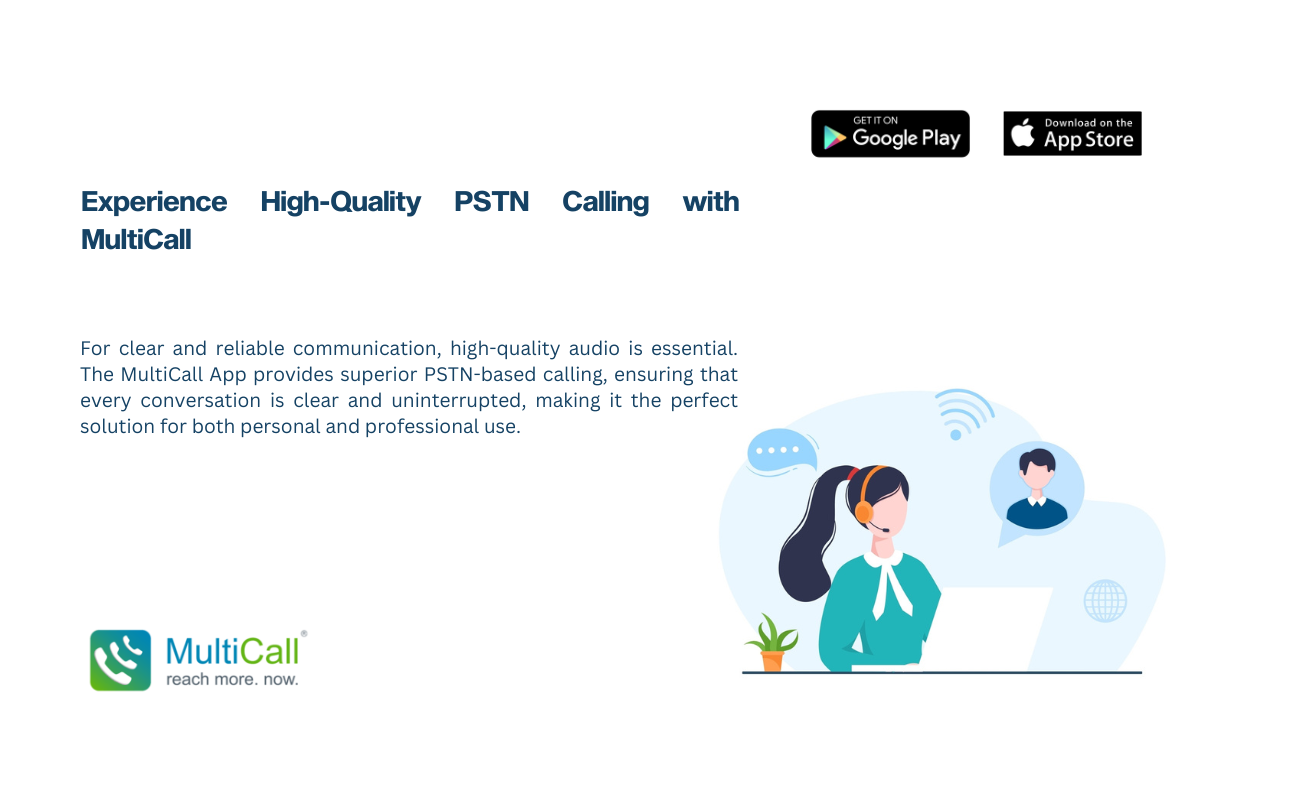
Experience High-Quality PSTN Calling with MultiCall Introduction For clear and
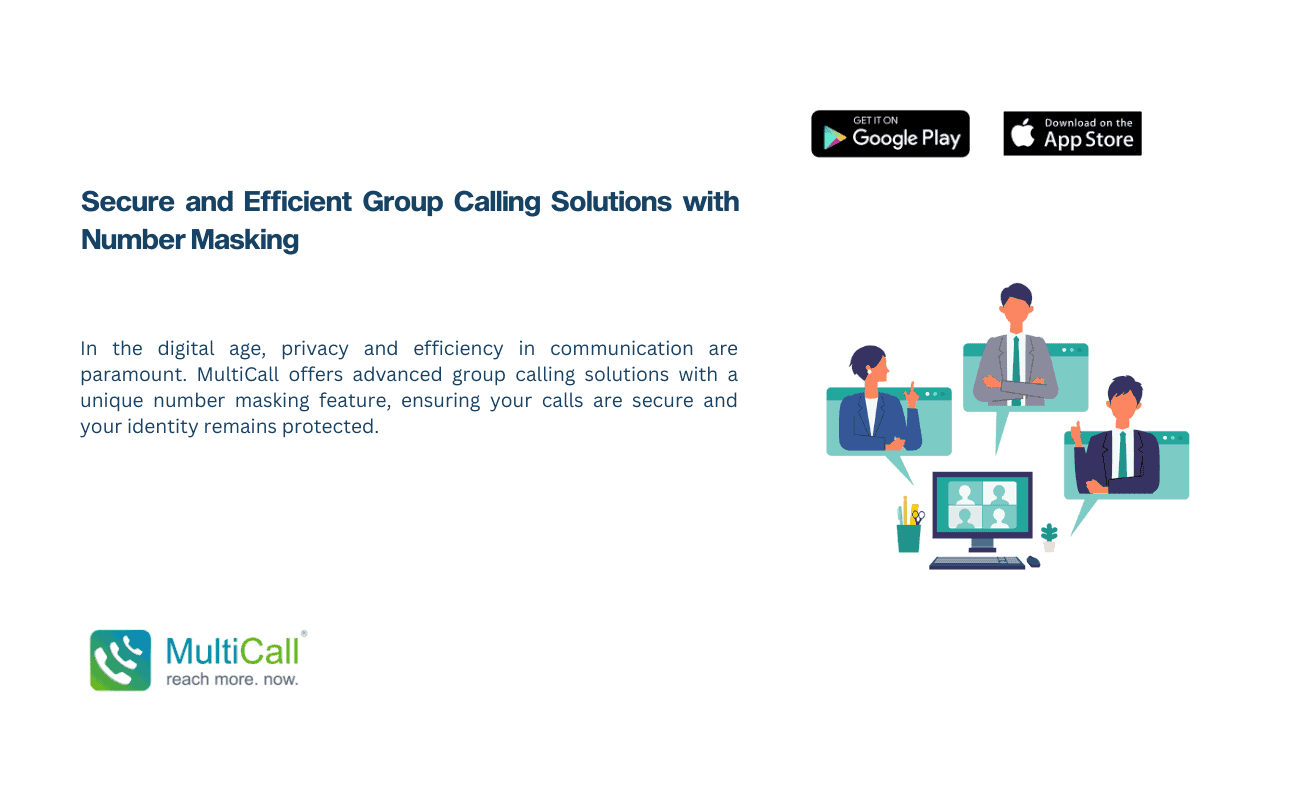
Key Features of MultiCall’s Group Calling Solutions Number Masking: Protect
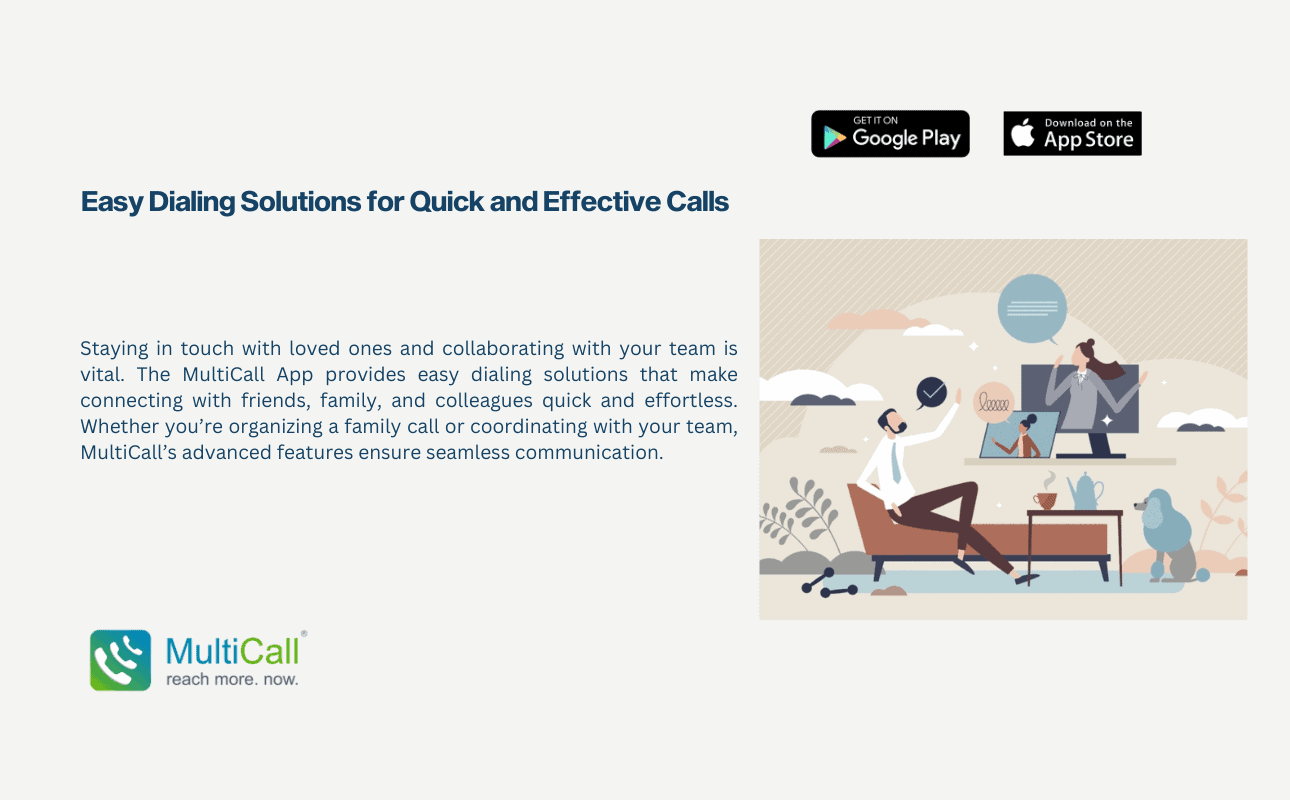
Key Features of MultiCall’s Easy Dialing Solutions Instant Group Calling
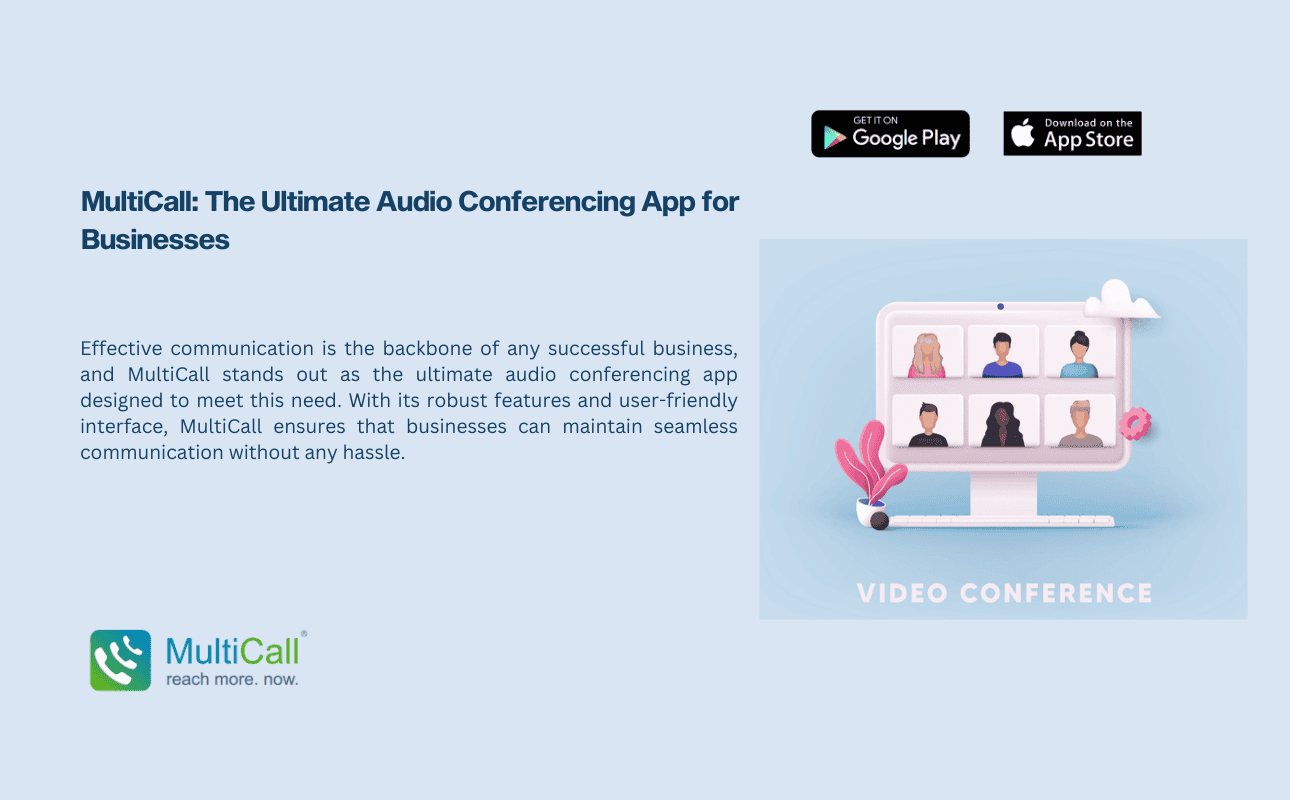
Key Features Instant Group Calling Apps: MultiCall allows you to